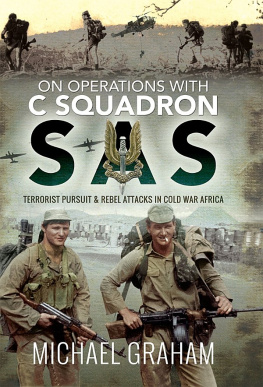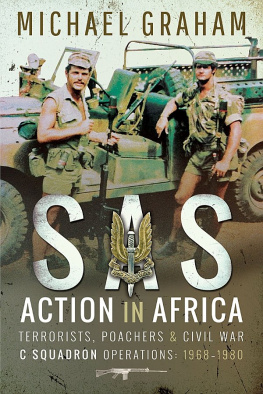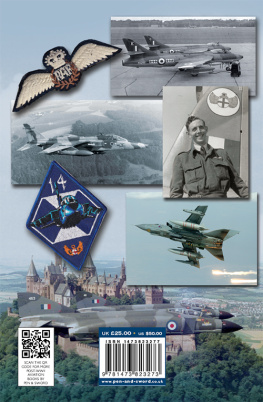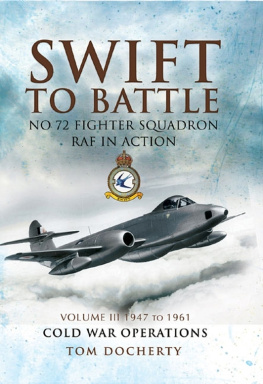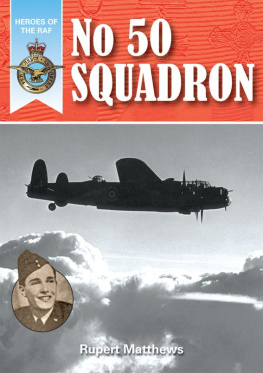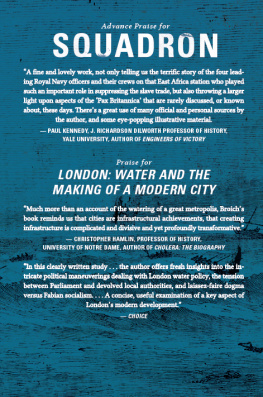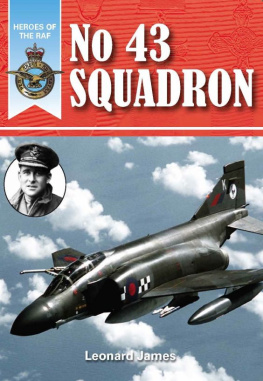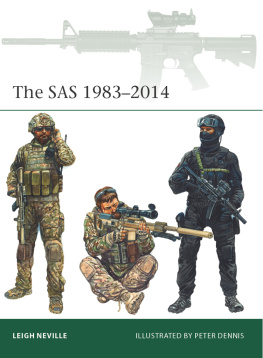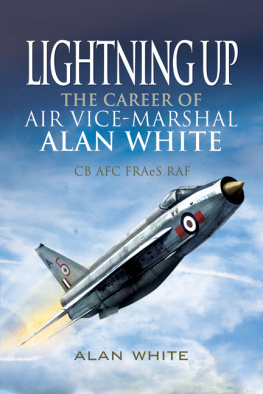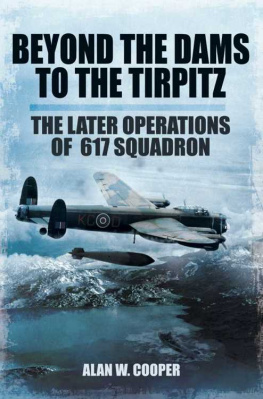Secret SAS Missions in Africa
To Rex,
After everything, finally brought down by cancer on 30 April 2017.
Good man, great soldier and a fine friend.
Secret SAS Missions in Africa
C Squadrons Counter-Terrorist Operations 19681980
Michael Graham
First published in Great Britain in 2017 by
Pen & Sword Military
an imprint of
Pen & Sword Books Ltd
47 Church Street
Barnsley
South Yorkshire
S70 2AS
Copyright Michael Graham, 2017
ISBN 978 1 52671 246 2
eISBN 978 1 52671 248 6
Mobi ISBN 978 1 52671 247 9
The right of Michael Graham to be identified as Author of this work has been asserted by him in accordance with the Copyright, Designs and Patents Act 1988.
A CIP catalogue record for this book is
available from the British Library.
All rights reserved. No part of this book may be reproduced or transmitted in any form or by any means, electronic or mechanical including photocopying, recording or by any information storage and retrieval system, without permission from the Publisher in writing.
Pen & Sword Books Ltd incorporates the Imprints of Pen & Sword Aviation, Pen & Sword Family History, Pen & Sword Maritime, Pen & Sword Military, Pen & Sword Discovery, Pen & Sword Politics, Pen & Sword Atlas, Pen & Sword Archaeology, Wharncliffe Local History, Wharncliffe True Crime, Wharncliffe Transport, Pen & Sword Select, Pen & Sword Military Classics, Leo Cooper, The Praetorian Press, Claymore Press, Remember When, Seaforth Publishing and Frontline Publishing.
For a complete list of Pen & Sword titles please contact
PEN & SWORD BOOKS LIMITED
47 Church Street, Barnsley, South Yorkshire, S70 2AS, England
E-mail:
Website: www.pen-and-sword.co.uk
Authors Notes and Acknowledgements
I walked into the Air New Zealand Koru Club lounge ahead of a flight to Wellington and sitting on his own in a corner was Wilbur Smith. I went over to him to say hello and after introducing myself said I had a question.
Is it true that my mother used to do your medical prescriptions at Highlands Pharmacy in Salisbury back in the 1950s? I asked.
Absolutely true, he replied without any hesitation. And how is Mrs Graham?
We ended up sitting together on the hour-long flight from Auckland and chatted about Africa. He was especially interested in my time in the SAS.
Before going our separate ways he said, Mike you should write a book. It was an extraordinary time in Africa and the world should know what part the SAS played in shaping history. It will be a great story.
It took me a few years but after regular prompting by good friend Andr Louw in Sydney I eventually got started. Wilbur Smith had said it would be a great story and thats what I wanted to write. I had no wish to write a precise accurate history.
I needed help to achieve this so joined the New Zealand Society of Authors. Government department Creative New Zealand give the society some funds every year to assist and encourage new writers and they use this to pay for manuscript appraisals.
I applied twice without success, but after the second time the secretary called to say my problem was genre. Id said my work was fiction but that was firmly rejected by the committee who said it was non-fiction.
I argued that I thought non-fiction was the truth, the whole truth and nothing but the truth, and while most of what Id written was based on actual events Id mixed things up and added detail to suit the narrative in each story.
I was told about creative non-fiction or faction as one of the committee put it. I changed my genre and got the grant.
That put me in touch with Caroline Martin. After retiring from the Otago Daily Times Caroline now helps new writers like me with professional editing. Caroline has been wonderful to work with and her contribution has been immense, not just with the writing but also with the critical presentations to get the attention of potential agents and publishers.
Matt Perkins helped with the latter by producing some great graphics showing where the action took place in Africa. Feedback confirmed the positive impact this had with the many submissions we made to agents and publishers in the UK.
My sincere thanks to you all.
Mike Graham
C Squadron SAS
S erving in the Long Range Desert Group and with the original SAS during the Second World War, Rhodesians had proved they were good Special Forces material, and it was this background and the offer of 100 trained men that in 1950 persuaded the British government to add C (Rhodesia) Squadron to the newly formed Malayan Scouts later to become 22 SAS.
A and B squadrons in the new SAS were English-based units with D Squadron formed in Scotland.
At the same time, both New Zealand and Australia formed SAS regiments and while there was close liaison with 22 SAS they retained control by keeping them as part of their own armed forces.
Three years later, at the end of a campaign to contain the spread of communism into south-east Asia, the members of C Squadron were returned to Africa.
Here trouble was brewing, with a Mau Mau uprising in Kenya, with rebels in the Katanga province of the Belgian Congo, and with what was seen as communist-inspired dissent in other regions. The squadron was initially based in Ndola, Northern Rhodesia now Zambia.
There were ups and downs in the years that followed before C Squadron eventually moved to what was then Southern Rhodesia and that became their permanent base. The Rhodesians had an air force with helicopters and DC3 Dakotas for parachute operations both critical to SAS operations.
At the height of the Cold War the Russians, the Chinese and to a lesser extent the North Koreans were actively courting dissident political and tribal factions throughout Africa, training and arming them, and backing so-called liberation struggles. Not that liberation interested them in the slightest their eyes were firmly fixed on the vast mineral riches of the region, and nowhere more so than in central Africa: oil in Angola; copper in Zambia; gold, chrome, asbestos, nickel and coal deposits in Zimbabwe and Mozambique; platinum and diamonds in Botswana.
Ultimately they wanted South Africa but first they had to establish themselves in central Africa, and our job in C Squadron SAS was to make that as difficult as possible for all parties involved.
We operated with the Portuguese forces in Angola and made sorties into Botswana and the Caprivi Strip in Namibia, but predominantly our offensive was in Mozambique and Zambia where the terrorist camps were established for training and infiltration into the southern targets starting with Zimbabwe.
We had three sets of gear.
Most often used was our NATO-style gear, which in terms of hardware was the Belgian-made 7.62 millimetre Fabrique Nationale (FN), a GT version of the SLR used by the British Army and others. The FN was a beautifully made firearm. It was simple enough and robust enough for servicemen and was exceptionally reliable. Most of all, though, it was high velocity and the round was heavy, so it packed a serious punch. If you hit someone with an FN round they stayed hit and down which was more than you could say for the AK-47 and its predecessors with the shorter, less powerful round. However, the AKs have undoubtedly killed many more people than the FN ever will.


